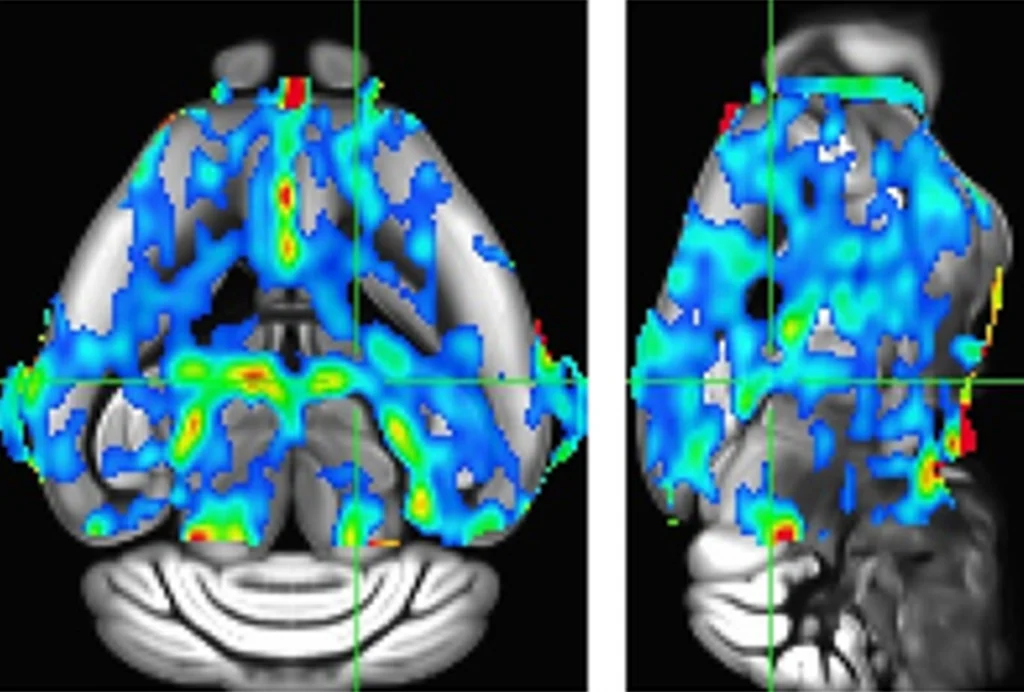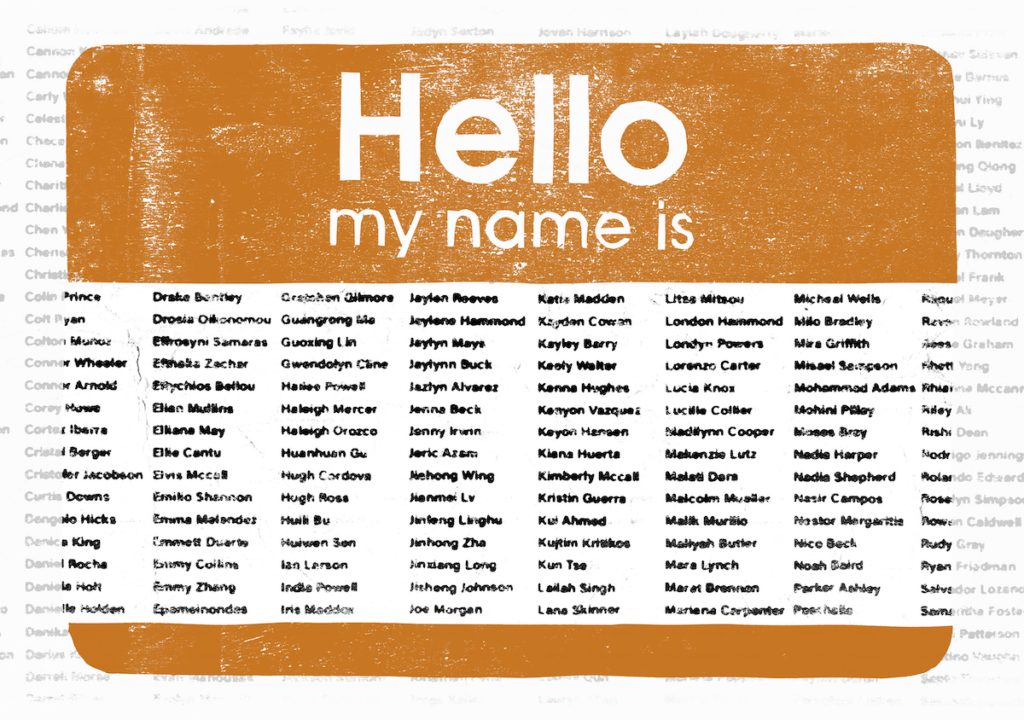Training emotions
Children with autism typically love trains – and avoid faces. British researchers have combined these two details to create toy trains that bear human faces to help kids with autism read emotions.

d2f41e0c-27a4-f0d4-39c0-998d48978365.jpg
Children with autism typically love trains and avoid faces. British researchers have combined these two details to create toy trains that bear human faces to help kids with autism read emotions.
Individuals with autism are fascinated by the mechanical predictability of rotating wheels and spinning tops. The new program has eight of these beloved toy trains, trams, cable cars and chain-ferries, all grafted with real faces and emotions.
In a series of 15 five-minute episodes, the Transporters DVD challenges children aged 2 to 8 years to identify whether the human faces are happy, sad, angry, afraid, excited, disgusted, surprised, tired, unfriendly, kind, sorry, proud, jealous, joking or ashamed.
When a child answers correctly, the game rewards the child with animated wheels; an incorrect answer prompts the child to try again. Free copies of the DVD have already been distributed to 40,000 families in the U.K.
In a preliminary assessment, children with autism who watched the DVD for 15 minutes each day for four weeks caught up with typically developing children of the same age in their performance on emotion recognition tasks, say the researchers, led by Simon Baron-Cohen.
Explore more from The Transmitter

How inbreeding almost tanked an up-and-coming model of Alzheimer’s disease

